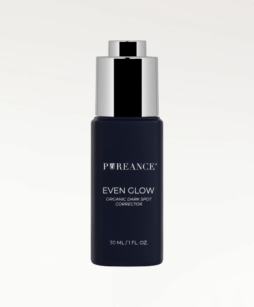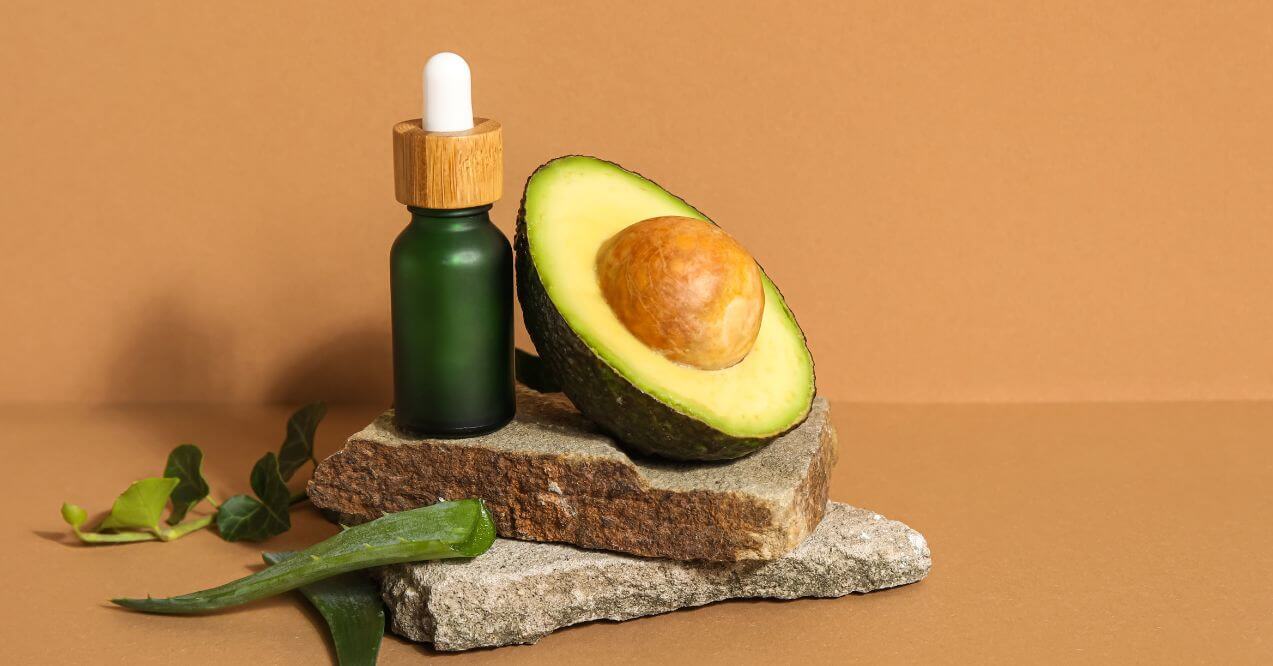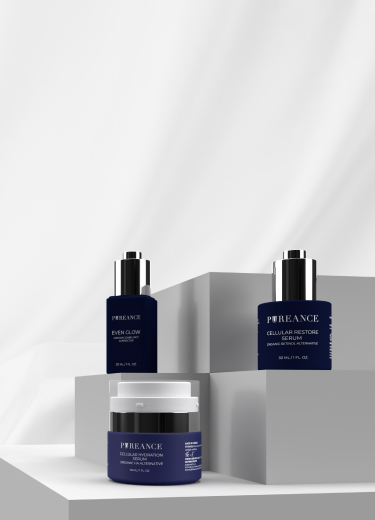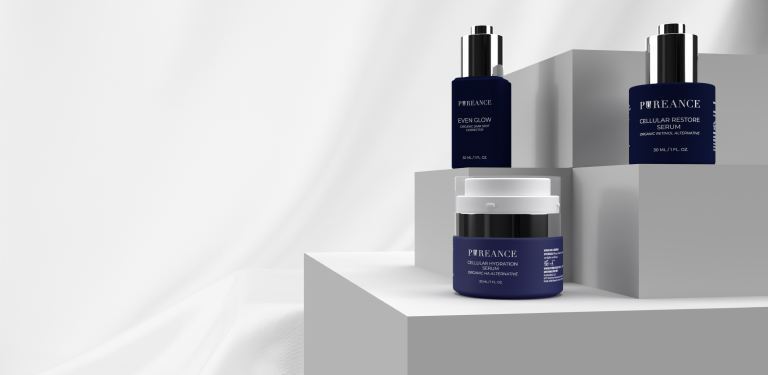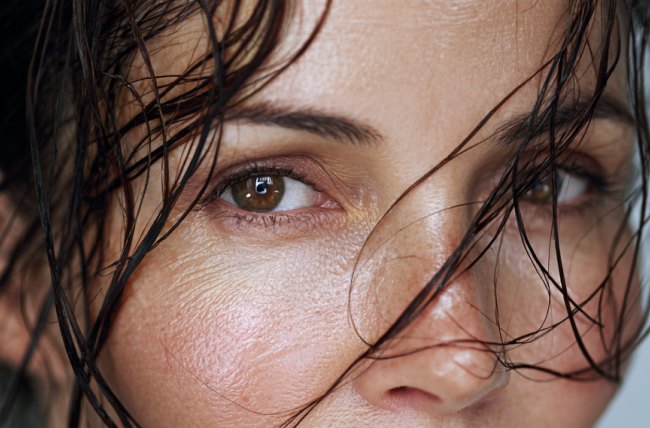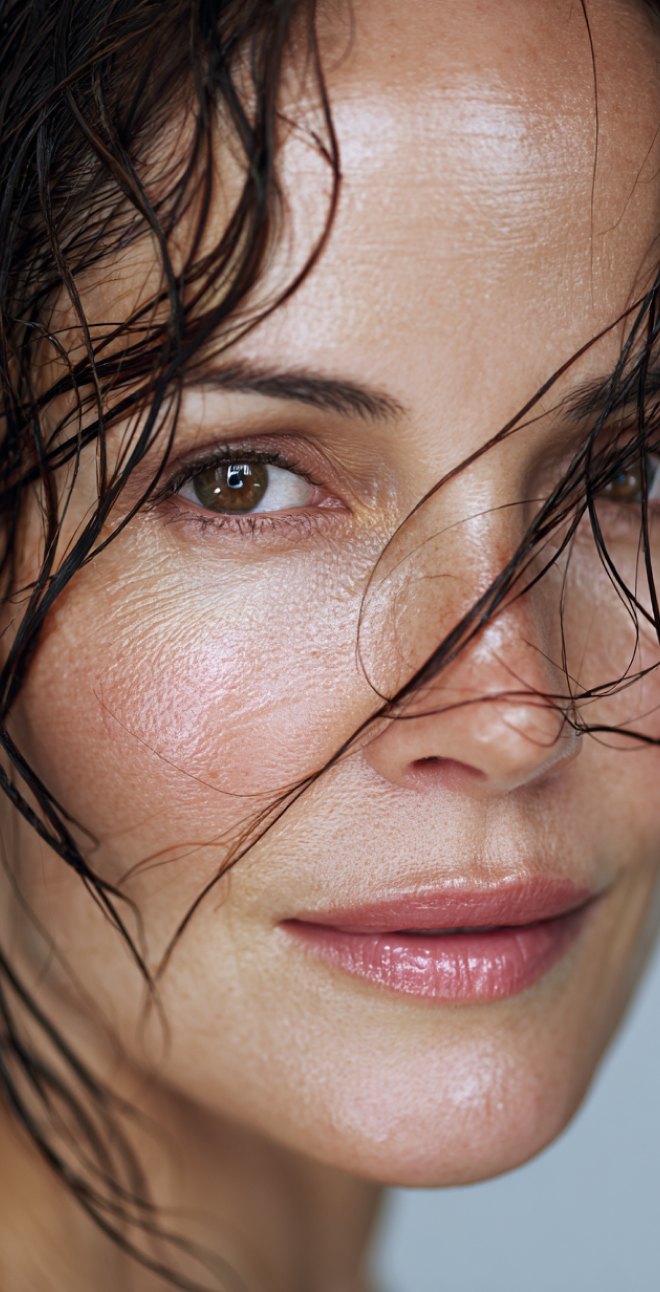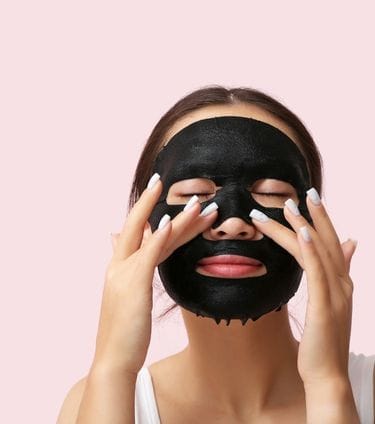
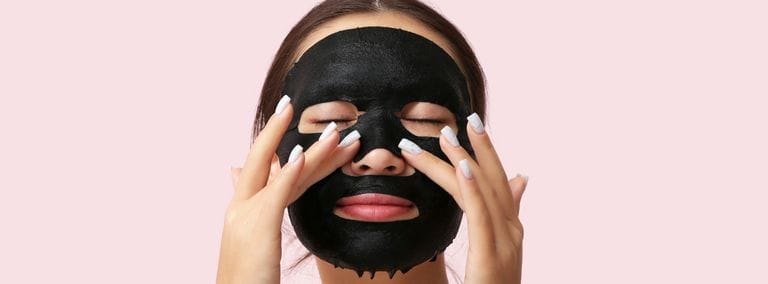

How to Get Rid of Clogged Pores
How to get rid of clogged pores is a common question for many women dealing with skin issues. These tiny openings on our skin can become filled with oil, dead skin cells, and other impurities, leading to blackheads, whiteheads, and dull-looking skin. When pores get blocked, they can appear larger and may cause breakouts that affect your skin’s overall look.
With the right approach to skincare and some smart lifestyle tweaks, you can tackle clogged pores on your face and keep them away. Let’s explore what helps clogged pores and how to maintain clear, healthy skin for the long term.
You can learn more about the root causes in our detailed guide on what causes clogged pores.
Key Article Findings
- Daily cleansing with non-comedogenic products helps prevent buildup that leads to clogged pores.
- Regular exfoliation (2-3 times weekly) removes dead skin cells that can block pores.
- Active ingredients like salicylic acid and niacinamide may help clear existing blockages.
- Professional treatments offer deeper pore cleaning for stubborn cases.
- Lifestyle factors like diet, hydration, and not touching your face play key roles in prevention.
How to Effectively Get Rid of Clogged Pores
Getting your pores clear and keeping them that way takes more than just washing your face. Let’s look at the most effective strategies for unclogging pores and maintaining clean, clear skin. These approaches focus on both treating existing clogs and stopping new ones from forming.
Daily Cleansing Routine
A solid cleansing routine forms the foundation of pore health. Here’s how to do it right:
- Morning cleanse – Use lukewarm water and a gentle, water-soluble cleanser to remove overnight oil buildup.
- Evening double cleanse – First remove makeup with micellar water or cleansing oil, then follow with your regular cleanser to thoroughly clean pores.
- Choose the right cleanser – Look for products labeled “non-comedogenic” with ingredients like salicylic acid that may help dissolve trapped oils.
- Adjust for your skin type – Oily skin benefits from twice-daily washing, while dry or sensitive skin may need just evening cleansing.
- Always moisturize – Finish with a lightweight, oil-free moisturizer to maintain skin balance.
Products containing mild amounts of salicylic acid can help dissolve oil and debris that may be stuck in your pores. Learn more about proper face moisturizing techniques in our moisturizing guide.
Exfoliation
Regular exfoliation is vital for keeping pores clear. There are two main types: chemical and physical.
Chemical exfoliants with beta-hydroxy acids (BHAs) like salicylic acid work wonders for deep pore cleaning because they can get inside the pore itself.
Alpha-hydroxy acids (AHAs) like glycolic and lactic acids focus on surface dead skin. Physical methods, including gentle scrubs with rounded particles, manually lift away dead cells. Aim to exfoliate 2-3 times weekly – any more risks of irritation that can make pores look worse. Read more about what BHA does for your skin to understand its benefits.
Using Pore-Clearing Masks
Face masks offer a deeper solution for stubborn clogs:
- Clay-based masks with kaolin or bentonite clay draw out impurities and absorb excess oil without over-drying.
- Charcoal masks may help pull dirt from pores but should be used sparingly to avoid stripping your skin.
For best results, apply masks 1-2 times weekly after cleansing, and always follow with moisturizer. Those with sensitive skin should patch-test new masks first and limit usage to once weekly.
Targeted Treatments with Active Ingredients
Spot treatments can clear up stubborn clogs in specific areas.
Products with salicylic acid may help dissolve oil inside pores and remove dead skin cells that cause blockages. Retinol products speed up skin cell turnover, potentially preventing dead cells from building up in pores.
Niacinamide (vitamin B3) helps balance oil production and may strengthen the skin’s natural barrier. When using these ingredients, start with lower concentrations and gradually increase to avoid irritation.
Professional Treatments
For persistent pore blockages, professional treatments offer deeper solutions. Trained aestheticians can safely perform manual extractions to remove stubborn blackheads without damaging skin.
Lighter professional chemical peels may help clear out pores and improve skin texture with minimal downtime. Treatments like microdermabrasion gently remove the outermost layer of skin, helping to keep pores free from buildup. Always choose licensed professionals who understand your skin’s needs.
Lifestyle Adjustments to Prevent Clogged Pores
What you do daily affects your pores as much as what you put on your skin:
- Drinking plenty of water helps maintain skin hydration, potentially reducing oil imbalances that lead to clogs.
- Eating foods rich in omega-3s, antioxidants, and vitamin A may support healthy skin cell function.
- Avoid touching your face throughout the day, as your fingers transfer oils, dirt, and bacteria that can block pores.
- Also, make sure to change pillowcases weekly to prevent buildup of oils and residue.
Use Non-Comedogenic Skincare Products
Non-comedogenic simply means products formulated not to clog pores. When shopping for skincare and makeup, look for this term on labels – it’s especially important for foundations, sunscreens, and moisturizers.
Even hair products like oils and sprays can migrate to your face and cause pore blockages, so be mindful of application. Mineral-based makeup tends to be less likely to clog pores than oil-based formulations.
How to Prevent Clogged Pores from Coming Back
Once you’ve successfully cleared your pores, maintaining that clean slate becomes the next challenge. Prevention is often easier than treatment, so let’s explore how to keep your pores clear for the long term with smart skincare habits and professional support when needed.
Maintain a Consistent Skincare Routine
Consistency is the secret to long-term pore health. Stick with gentle cleansing, regular exfoliation, and non-comedogenic moisturizing every day. As seasons change, adjust your routine – you may need lighter products in humid summer months and more hydration in dry winter air.
Don’t skip your routine, even when tired! Consider a simplified nighttime routine (cleanser + treatment) for busy days. Learn how to layer serums for maximum benefits without overwhelming your skin.
When to Seek Professional Help
Sometimes at-home treatments aren’t enough to completely clear clogged pores. If you notice persistent blackheads, recurring breakouts in the same areas, or pores that seem to be getting larger despite your best efforts, it might be time to see a dermatologist. For those prone to congestion, scheduling a professional facial every 4-8 weeks may help maintain clearer pores between at-home treatments.
Conclusion
Learning how to get rid of clogged pores is a journey that combines daily care, smart product choices, and occasional professional help.
With patience and the right approach to pore cleaning, you can minimize the appearance of pores and enjoy healthier-looking skin. Focus on gentle, regular care rather than harsh, occasional treatments for the best long-term results.
Look for small bumps, blackheads, whiteheads, dull skin texture, or pores that appear larger than usual. Your skin might also feel rough to the touch or look uneven in certain lighting.
Products containing salicylic acid, glycolic acid, or retinol tend to work well for most people. Clay masks and non-comedogenic moisturizers also help maintain clear pores.
Pore strips may temporarily remove surface blackheads but don’t address the underlying causes. They can also irritate sensitive skin, so use them sparingly as part of a complete pore care routine.
Maintain a consistent skincare routine, use non-comedogenic products, exfoliate regularly, and avoid touching your face. Staying hydrated and eating a balanced diet also helps.
While there’s no instant fix, steam followed by a clay mask and gentle exfoliation may help clear pores faster. For best results, be consistent with your skincare routine rather than seeking quick fixes.
This site offers health, wellness, fitness and nutritional information and is designed for educational purposes only. You should not rely on this information as a substitute for, nor does it replace, professional medical advice, diagnosis, or treatment. If you have any concerns or questions about your health, you should always consult with a physician or other health-care professional. Do not disregard, avoid or delay obtaining medical or health related advice from your health-care professional because of something you may have read on this site. The use of any information provided on this site is solely at your own risk.
Nothing stated or posted on this site or available through any services are intended to be, and must not be taken to be, the practice of medical or counseling care. For purposes of this agreement, the practice of medicine and counseling includes, without limitation, psychiatry, psychology, psychotherapy, or providing health care treatment, instructions, diagnosis, prognosis or advice.
